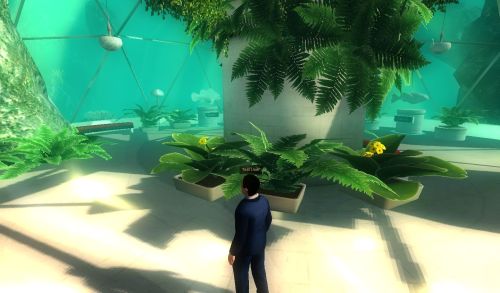I’ve been a little quiet of late due to digging into modrex while getting up to speed in a new job. For those who don’t know what modrex is, it’s a project to integrate all of the realXtend features with the mainline OpenSim code by incorporating them in a optional regionmodule – hence the project name modrex. The work is being done by Adam Frisby. The stability of the code is surprisingly good, though there are lots of missing pieces at present.
Paul Fishwick has been documenting how to build OpenSim with modrex (at least for Windows). You can help test by following the instructions on the Opensim wiki. Feel free to update the Linux build instructions if that’s your preferred environment.
A fairly current list of implemented features is documented here. The status of Python event handlers is here.
I hope to report soon that some of my tutorials have been implemented successfully on Opensim+modrex.
